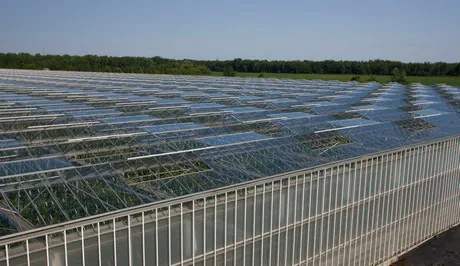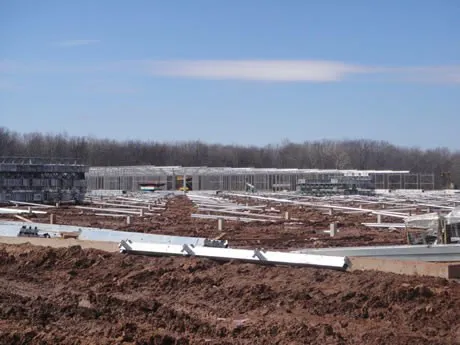Most of the greenhouse growers in North America are nowadays located in areas around British Columbia, Ontario, Arizona, Texas and California. The foremost biggest greenhouse growers have also set up a widespread network of contract growers and subsidiaries, supplemented with operations in Mexico for year round production.
It seems that there will never be enough acres to fulfil the demand and the growers seem to make better profits than there colleagues in The Netherlands. But when will the market be saturated? Below you can get and idea of the market in part 1 of an interview with NY based Intergrow Greenhouses.

Speaking to tomato grower Dirk Biemans from New York based Intergrow Greenhouses, we learn that the growers in North America are still making a good living.
Biemans said the demand for greenhouse grown produce is still increasing in the United States. "Consumers are willing to pay more for greenhouse grown than for open field, and also local production can be seen as added value for consumers.
Despite the fact that more growers entered the business over the last decade, there is still room for moderate growth in the market for locally grown products."

Archive photograph of the construction in 2011
Together with 3 other greenhouse growers from Belgium and The Netherlands, Biemans was one of the founders of Intergrow Greenhouses. In 1998, the group opened their first 6 hectare greenhouse in Fillmore, NY, and soon expanded with another 12 hectare operation in Albion, NY.
The plans for their investment turned out so well that they soon invested in an expansion of their Albion greenhouse with another 7.5 hectare. "We are still one of the few greenhouse growers in the Northeast of the United States and have found a good customer base in local retailers to market our production.
They benefit from the low food miles and fresh product grown in the Northeast region. We see increased demand for year round local supply, and are working on supplemental lighting.”
"The growth of the production area in The United States is more moderate than the growth was in The Netherlands, and we have still have a large [local] market available", said Biemans. "On top of this, the banks are more cautious to make money available for greenhouse growers, and this prevents a rapid explosion of the production acreage."
Click here to read why the NY based greenhouse grower is not restrained to make such investments, while colleagues in the Netherlands are undergoing one of the most difficult times in the history of Dutch horticulture.
